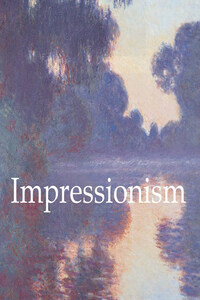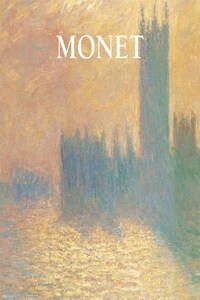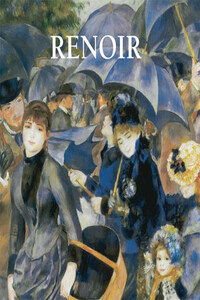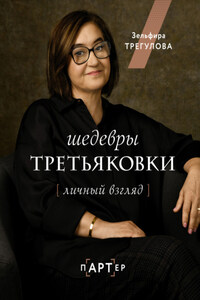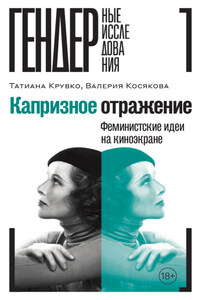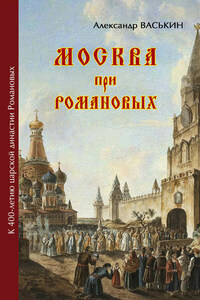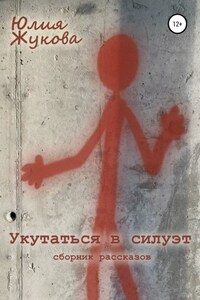© Confidential Concepts, worldwide, USA
© Parkstone Press International, New York, USA
© Auguste Chabaud, Artists Rights Society (ARS), New York / ADAGP, Paris
© Othon Friesz, Artists Rights Society (ARS), New York / ADAGP, Paris
© Henri Manguin, Artists Rights Society (ARS), New York / ADAGP, Paris
© André Derain, Artists Rights Society (ARS), New York / ADAGP, Paris
© Louis Valtat, Artists Rights Society (ARS), New York / ADAGP, Paris
© Georges Rouault, Artists Rights Society (ARS), New York / ADAGP, Paris
© Kees van Dongen, Artists Rights Society (ARS), New York / ADAGP, Paris
© Albert Marquet, Artists Rights Society (ARS), New York / ADAGP, Paris
© Maurice de Vlaminck, Artists Rights Society (ARS), New York / ADAGP, Paris
© Raoul Dufy, Artists Rights Society (ARS), New York / ADAGP, Paris
© Jean Puy, Artists Rights Society (ARS), New York / ADAGP, Paris
© René Seyssaud, Artists Rights Society (ARS), New York / ADAGP, Paris
© Succession H. Matisse, Paris / Artists Rights Society (ARS), New York
© Henri Le Fauconnier, all rights reserved
Henri Matisse, Goldfish, 1911.
Oil on canvas, 147 × 98 cm.
Pushkin Museum of Fine Arts, Moscow.
Decade follows decade in art, like waves breaking on a beach, each bringing its own “deposits” which, in turn, cover those that came before, dimming what had once seemed strikingly brilliant. But time does not work on everything with equal force. The art of the Fauves has not faded. Born within French painting at the turn of the century, Fauvism immediately demanded attention.
The stormy reaction it provoked on its emergence in Paris in 1905 was, in itself, an acknowledgement of the strength of this new phenomenon in the fine arts. Fauvism was a real danger to academically congealed art calculated to appeal to the narrow-minded customer, to all painting which sought after prosperity by carefully absorbing innovation, turning it into the fashionable that would shock no-one through unwarranted boldness.
Two or three years proved sufficient for the Fauvist painters to acquire – if not a permanent public, then at least their own dealers and admirers. The hostile voices which continued to make themselves heard were not enough to hinder the Fauves from competing freely with other trends. Each of them lived a life in keeping with his character and the unique features of his work, yet none of them experienced long years of hopeless poverty or a sense of impotence in the struggle with the might of official art. None of the Fauves left a studio full of works piled up and never sold – in this sense fate was kinder to them than to Gauguin, Van Gogh, or Toulouse-Lautrec. Even during their lifetimes, the Fauves’ paintings had found a place in the greatest private collections and then in museums, while they themselves were written about in the press and respected by contemporaries. The Fauves were acknowledged masters before they reached the age when grey locks and a noble bearing often stood substitute for true measures of talent. It might seem that when the general public would become more familiar with them, the intensity of the first reaction would diminish, but this was not the case. They are all long since gone, yet one still experiences a sense of shock on encountering their paintings.
Fauvism received its name in 1905. In October of that year, a number of young painters – about ten altogether – presented their works at the Salon d’Automne in Paris. Their unusually bright works vibrant with colour were assembled in a single hall. In his account of the exhibition for the 27 October edition of the magazine Gil Blas, critic Louis Vauxcelles wrote: “In the centre of Room VII stands a child’s torso by Albert Marquet. The candour of this bust is striking in the midst of an orgy of pure colour: Donatello among the wild beasts.”[1] This unexpected description from the pen of an art expert – “wild beasts,” fauves – proved so apt that within just a few days it was taken up by the press, its originator forgotten, and began a life of its own. In his account of the same exhibition in November 1905 another critic, Jean Aubry, already used the term as if it were self-explanatory: “At last, those that someone, I’ve forgotten who, called the wild beasts.”[2] A simple explanation, then, in which chance played a significant role, and from that moment on, the names of Matisse, Derain, Vlaminck, Van Dongen, Camoin, Puy, Marquet, Manguin, Rouault, Dufy, Friesz, Valtat and a few others were generally associated with the word Fauvism.
The very way in which the term originated is positive proof that the phenomenon it described already possessed definite recognizable characteristics. Nobody at that time, including Vauxcelles himself, was able to indicate its boundaries or predict the full significance of what had emerged. Most likely, the fact that interest in Fauvism has remained keen for more than three-quarters of a century causes us to reflect again on what essentially occurred at the Salon d’Automne and who it was that Vauxcelles christened “wild beasts.”

